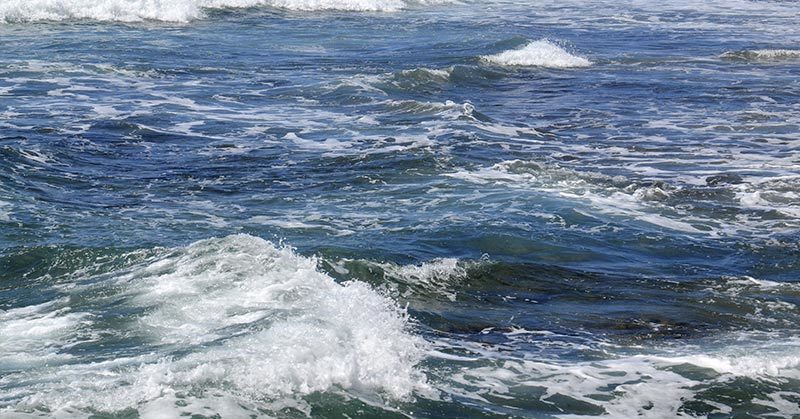The ocean is possibly the most mysterious place on our planet, and somehow manages to continuously surprise even the most veteran biological and environmental scientists. Its latest curveball? Walking sharks.
Admittedly, these creatures are not a brand-new discovery, but a twelve-year-long study by Conservation International, the CSIRO, Florida Museum of Natural History, the Indonesian Institute of Sciences and Indonesian Ministry of Marine Affairs and Fisheries, has resulted in the discovery of four new species of walking sharks since 2008 [1].
Meet the Walking Sharks
Before you start imagining a Jaws-style monster charging across the beach toward you, you can relax- your beach vacation is under no threat. These marine creatures, also known as epaulette sharks, are only three feet in length and pose no danger to humans [2].
Their ability to withstand low-oxygen environments and walk on their fins does, however, give them a distinct advantage over small crustaceans and mollusks, which are their main prey.
These fascinating animals that live near Australia move their pectoral fins in the front and their pelvic fins in the back to walk along the seafloor, or sometimes on top of the coral reef outside the water at low tide. This allows them to move between tide pools and along the reef to feed upon crabs, shrimp, and small fish [3].
“During low tides, they became the top predator on the reef,” says Christine Dudgeon, a researcher at the University of Queensland in Brisbane, Australia [3].
The addition of four new species of epaulette sharks brings the total to nine different species. What makes these sharks unusual (besides their ability to walk), is that the researchers believe that they only started evolving around nine million years ago, which is relatively short in evolutionary terms.
Mark Erdmann, a co-author of the study, and the vice president of Conservation International’s Asia-Pacific marine division says that this makes them the youngest sharks on the planet [4].
Gavin Naylor, director of the Florida Program for Shark Research at the University of Florida says that this is highly unusual, since most sharks evolve very slowly. This is because they typically live for a very long time and are slow to reproduce. It appears, however, that walking sharks in the tropical waters surrounding Australia, Papua New Guinea, and eastern Indonesia are still evolving.
“This may be the one place in the world where speciation is still going on for sharks,” Naylor says [3].
Read: New Species of Turtle Has Been Discovered (and they’re handsome)
Fast Adapters
Naylor explains that it could be the sharks’ home, which are the rich coral reefs in their native waters, that are what has driven their ability to evolve and diversify rather quickly. These reefs are dynamic and are continually shifting as sea levels rise and fall, currents change, reefs flourish or die, and temperatures change. The sharks who live there must adapt to their changing environment [3].
Dudgeon says that these new species likely evolved after they moved away from their original population, became genetically isolated, and then developed into a new species.
“They may have moved by swimming or walking on their fins, but it’s also possible they ‘hitched’ a ride on reefs moving westward across the top of New Guinea, about two million years ago,” she explained [2].
She also describes these species as “homebodies”- they lay their eggs in the reefs and don’t typically travel far from where they were born. Because of this, there isn’t much gene flow between habitats, and even small obstacles like stretches of deep water have provided enough separation to allow them to develop into unique species [3].
“We believe there are more walking shark species still waiting to be discovered,” said Dudgeon [2].
Mystery Sharks
Because many species of walking sharks have only been recently discovered, scientists still have much to learn about these unique creatures. While they face similar threats as other sharks like overfishing and harvesting for the aquarium trade, none of them are currently thought to be threatened or endangered.
Dudgeon pointed out though that due to their lack of information, they can’t be certain of this.
“We really just don’t know how they’re doing,” she said [3].
Erdmann says, however, that the discovery of four new species proves that modern sharks have a remarkable ability to evolve and adapt to environmental changes, which will help protect their numbers as the world’s climate continues to change rapidly [4].
Keep Reading: Hawaii Group Sets Record For Largest Haul of Plastic Removed From The Great Pacific Garbage Patch

